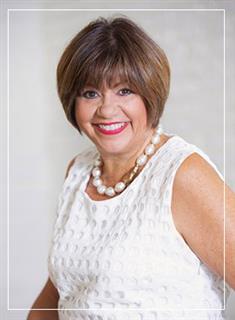
It’s not uncommon for homebuyers to discover that the land they purchased may not be entirely their own. Another party may have gained a legal right to use or traverse your property. Easements and right-of-ways can be established by a number of mechanisms and go unnoticed, particularly in undeveloped parcels or when the previous owners were absent.
When homeowners discover someone else holds sway over part of your property, the first-blush reaction is often about loss of value. You paid for full ownership and the easement will likely diminish your resale value. But homebuyers would be wise to proceed with caution because the cost of defending against a claim or creating hostilities with a neighbor could prove emotionally taxing.
What is an Easement or Right-of-Way?
The common law practice of easements has its roots in the free flow of water and the ability to cross a community member’s land in olden times. This practice accounted for the lack of roadways and the need to traverse tracts of land. Although this is a somewhat outdated concept, long-standing easements exist. If you are considering purchasing a property that involves an easement, it’s important to understand that you still own the pathway to the other parcel. But you may never be able to utilize it actively.
For all practical purposes, a right-of-way is a type of easement that has been formalized. Landowners generally agree to record the easement in a deed or other legally-binding agreement. Thoroughly researched land records are likely to uncover these easements. This is why having a property deed vetted before purchasing a property remains standard practice. But a worrisome mechanism known as “adverse possession” may put new homeowners in a legal bind because the existence of an easement may go unknown.
What Homebuyers Need to Know About Adverse Possession
Adverse possession is often associated with the term “squatters rights.” That colloquial term came out of people living on unused land and gaining ownership by establishing their presence over time. Today, people more often gain adverse possession rights by using part of a property for access or travel.
If, for instance, a neighbor routinely drives over an undeveloped part of your property to get to theirs, they could be gaining a right to that portion. On undeveloped land, hunters, hikers, and other outdoors enthusiasts may walk a path across your land. Over time, they can establish a right that prevents you from enclosing the land or developing that section. While defending against an adverse possession lawsuit can be emotionally draining, there may be a silver lining. The courts usually apply a rigorous four-part standard that few squatters meet. These include the following.
- Hostile: This involves issues such as the user not knowing the land was owned by another or using it due to a mistake about where the property lines were located.
- Actual Possession: The claimant must have been physically present on the land.
- Open and Notorious: This standard looks at whether the trespasser used the land in a fashion that was obvious to the owner.
- Exclusive and Continuous: This tends to be the standard that upends claims. The trespasser must have physically used the land without interruption.
Hiring an attorney and mounting a defense of your property can be an exhausting ordeal. It’s one of the last things any homeowner wants to go through. That’s why conducting your due diligence about easements and right-of-ways remains as crucial as taking out title insurance when you buy a home.
About the Author

